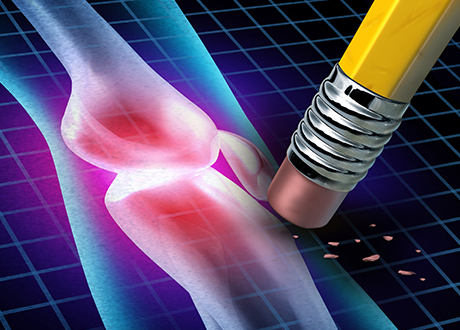By: Sheila Moorcroft
Chronic pain affects millions of people’s lives; millions more have operations every year, needing anaesthetics and pain relief. New approaches to managing pain ranging from watching films during operations to playing with inflated rubber gloves or virtual reality games are proving powerful tools in managing pain. While drug companies may face a challenge to their markets, patients could benefit, suffering fewer adverse side effects and healing better; and health care services may be able to reduce costs. Opportunities for home based approaches may also grow.
What is changing?
Research into pain, and how the brain responds to it, has been growing steadily, establishing important understanding of the complex interactions between sensations, perceptions, emotions, context, the body’s sensitivity and responses.
Distraction has proved to be an important factor. Research at Stanford University monitored activity in the brain while people focused on their pain or were distracted from it, or imagined something reducing it. The brain activity varied as a result – increasing with greater focus, decreasing with either distraction or deliberate visualisation of how to reduce it such as putting out a fire with water. That research is now being implemented in a variety of ways.
In a city hospital in Peterborough in the UK operations such as hip or knee replacements are being done with a general anaesthetic – and a favourite film or TV programme. Patients choose what they want to watch to encourage them to relax – the filmDirty Dancing is proving popular! Reactions among patients so far have been positive and they also avoid many of the side effects of general anaesthetics.
An even lower tech approach is proving effective for children arriving in A&E. A recent study in the British Medical Journal indicates thatif you inflate a rubber glove so that the fingers look like hair sticking up Jedward style, then draw a face on the palm of the glove; the result is a good way of distracting children from pain when they arrive in a hospital, thus helping them relax and cope better.
A more high tech approach is SnowWorld – a virtual snowy landscape in which patients with severe burns are equipped with a visor and noise cancelling earphones to play a fairly simple but attention grabbing game – throwing snowballs at penguins among other things. The result is up to 50% reduction in pain and improved healing, less distress during treatments or changing bandages.
Why is this important?
Approximately 116 million people in the USA live with chronic pain; or, according to another estimate, 47% of the adult population. In Europe, estimates of chronic pain prevalence vary from a low 13% of the population in Ireland to a range of between 18 and 54% in Sweden.
Not surprisingly, treatment costs for pain are also high. In America, providing relief from chronic back pain alone costs in the region of $100 billion per year; in European countries the direct costs to health systems of back pain are also high – €1.9 billion in the UK, €289 million in the Netherlands. Then there are the personal costs – increased isolation, inability to work, fear of losing a job – among many others.
Numbers of operations are also high. In England, there are some 4.6 million per year; in the USA some 32 million procedures. Again, the costs of associated anaesthetics will run into many billions of dollars.
Alternative approaches using distraction will challenge the market for drugs, but could also increase the ability of people to cope with pain of many different kinds. As home based electronics and mobile phones become ever more sophisticated, we may see new home based systems emerging, which combine visual distraction with relaxation and meditation techniques. Either way, our understanding of pain and the power of distraction is set to grow.
About the author

Sheila has over 20 years experience helping clients capitalise on change – identifying changes in their business environment, assessing the implications and responding effectively to them. As Research Director at Shaping Tomorrow she has completed many futures projects on topics as diverse as health care, telecommunications, innovation management, and premium products for clients in the public and private sectors. Sheila also writes a weekly Trend Alert to highlight changes that might affect a wide range of organisations.
www.ShapingTomorrow.com
Photo:from Shutterstock.com

